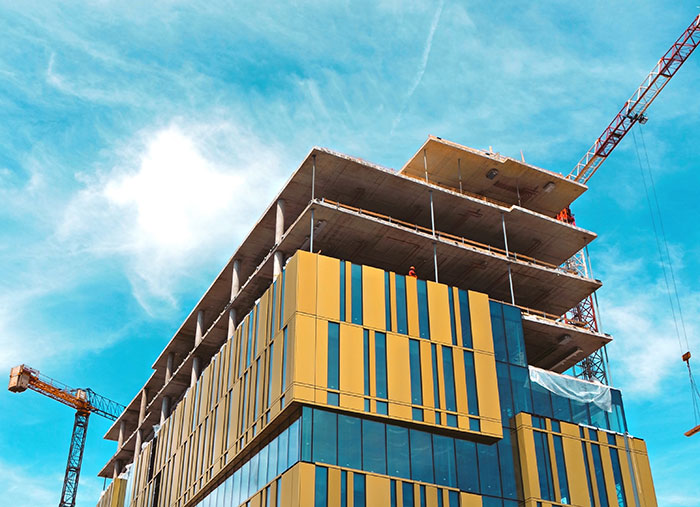Introduction
The whole operational lifespan of buildings answers for approximately 36% of energy-related greenhouse gas emissions in the European Union, including 28% in operational emissions and 11% in building materials and the construction process.[1] This goes contrary to the EU goals of energy efficiency, the reduction of non-renewable resources and decarbonisation. Indeed, the contribution towards global warming through the construction, renovation and use of buildings is a concern tackled by the long-term Fit-for-55 Strategy, where the EU has particularly agreed to provide stricter rules for the energy performance of buildings.
What does this entail?
The goal is, in theory, simple: a new ‘zero-emission’ vision for buildings, which requires three ambitions for EU States to follow.
The first is for new public and privately owned buildings to be non-emitting, from 2028 and 2030 respectively, with the exception of historical buildings, places of worship and buildings used for defence reasons.
Secondly, already-existing buildings in use, whether residential or otherwise, would have to follow minimum energy performance standards in order to ensure a continuous improvement in the development and renovation of building stock, towards a more eco-friendly society. One requirement would include setting a maximum energy performance threshold of non-residential buildings, namely commercial offices, educational facilities and industrial factories, of below 15% by 2030 and below 25% by 2034.
A zero-energy building would entail concepts of, among others, roof insulation, air filtration and ventilation, high performance windows, the use of efficient appliances and electricity as well as smart thermostats and energy efficient heating and cooling systems. In fact, the current Energy Performance Of Buildings Directive[2] aims at promoting the improvement of energy performance of buildings within the Union, by taking into account outdoor and indoor climate requirements, local State conditions, and implementing the application of such zero-energy concepts. The European Commission has even proposed a revision of this Directive to further attain the goal of energy efficiency and fully zero-emitting buildings, to bring it in line with the longer-term neutrality objective by 2050.
Besides concentrating on zero-emission buildings, the EU has introduced a new category of energy performance certificates for those buildings which better contribute to a greener society through on-site, or nearby, renewable energy producers, especially by optimising their solar energy generation potential through more suitable solar energy installations.
Countries like Malta, where space is clearly scarce, can focus much more on utilising buildings and other public areas for the promotion of solar energy production. For instance, renovating the facades of existing buildings with solar panels, and having open-air parking areas shaded with solar panel roofing, would increase the amount of on-site renewable energy being generated, whilst greatly reducing the carbon footprint, in turn supporting the EU Green Deal tremendously.


Additionally, all Member States have agreed to publish renovation plans of their infrastructure every 5 years, starting from 2026, issuing national annual, primary and final energy targets of buildings for 2030, 2040 and 2050.
The way forward
Green investment in infrastructure is a necessity for us all. We will benefit by having quality comfortable homes and a healthy location to work in. Energy bills will decrease, resulting in an increase in overall system cost savings, implying economic prosperity through cost-effective measures. Air, sound and visual pollution will be on the mend and unpredictable weather conditions will, optimistically, become stable once more.
[1] https://www.consilium.europa.eu/en/press/press-releases/2022/10/25/fit-for-55-council-agrees-on-stricter-rules-for-energy-performance-of-buildings/?utm_source=dsms-auto&utm_medium=email&utm_campaign=%u2018Fit+for+55%u2019%3a+Council+agrees+on+stricter+rules+for+energy+performance+of+buildings
[2] Directive 2010/31/EU of the European Parliament and of the Council of 19 May 2010 on the energy performance of buildings (recast)
